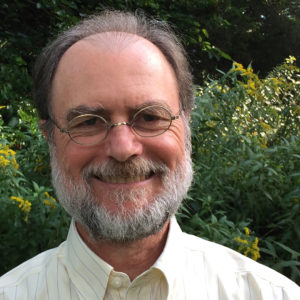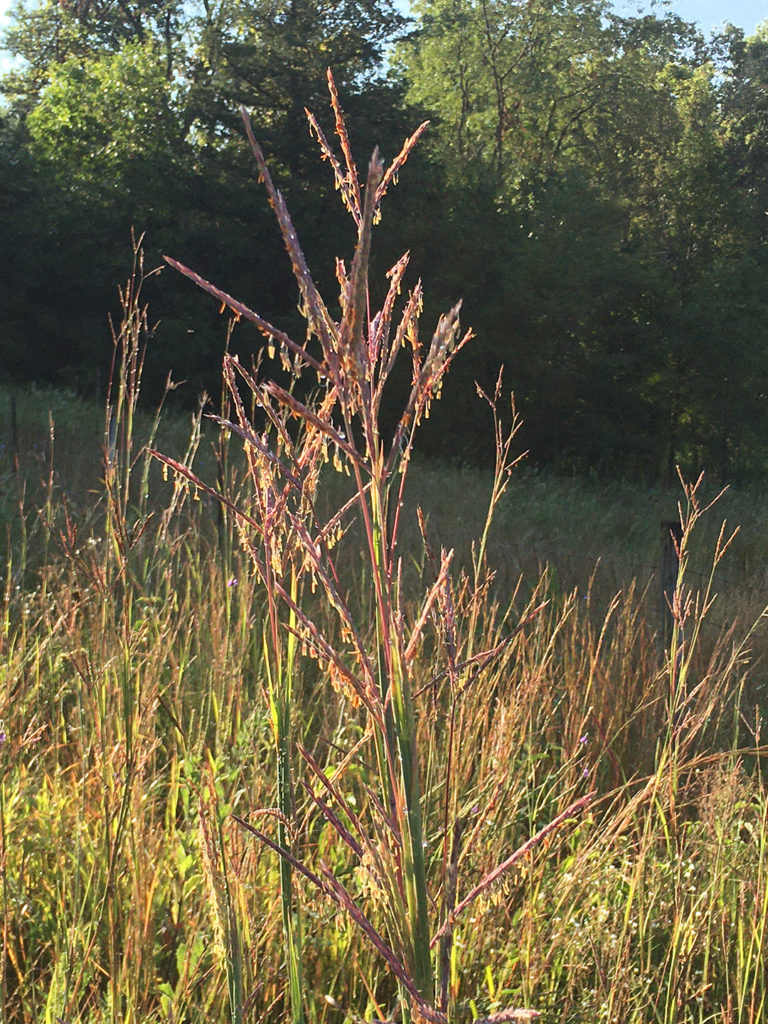 My spirituality has evolved over many years, as have the spiritual practices that embody it. It now centers on listening with reverence to mystery and practices that open the heart to pain and suffering.
My spirituality has evolved over many years, as have the spiritual practices that embody it. It now centers on listening with reverence to mystery and practices that open the heart to pain and suffering.
“Every being has its own interior, its self, its mystery, its numinous aspect. To deprive any being of this sacred quality is to disrupt the total order of the universe. Reverence will be total or it will not be at all. The universe does not come to us in pieces any more than a human individual stands before us with some part of his/her being.”
—Thomas Berry, Creative Energy: Bearing Witness for the Earth (ed. 1996)
“Deep listening is the essence of mindfulness …”
—Jon Kabat-Zinn, Mindfulness for Beginners, p. 5
Some of what nurtures and supports the practice of listening with reverence to mystery for me are silence, awareness, mindfulness meditation, going slowly, poetry, teachers and teaching, reading and friends. Here are a few of the situations in which I cultivate reverence intentionally: viewing photos from the Webb telescope; reading descriptions of Quantum Mechanics; witnessing the mysterious unfolding of human lives and relationships, especially when listening to the persons who sit with me in grief counseling; seeing and listening to the earth and grasses and flowers and trees and creatures, including the ornate box turtles whose home we share on this acreage and prairie remnant in rural Cedar County.
 This reverent listening also shapes my relationship to the mystery of pain and suffering and the healing of suffering. Here the Buddhist practices of lovingkindness, compassion, tonglen, sympathetic joy and equanimity are most helpful. Each of them is a way of intentionally cultivating habits of heart and mind with the hope that they will eventually nudge aside deeply ingrained habits that contribute to suffering. Each of the practices involves the repetition of a heartfelt intention for happiness, and healing of suffering for each of us and all beings everywhere, omitting none.
This reverent listening also shapes my relationship to the mystery of pain and suffering and the healing of suffering. Here the Buddhist practices of lovingkindness, compassion, tonglen, sympathetic joy and equanimity are most helpful. Each of them is a way of intentionally cultivating habits of heart and mind with the hope that they will eventually nudge aside deeply ingrained habits that contribute to suffering. Each of the practices involves the repetition of a heartfelt intention for happiness, and healing of suffering for each of us and all beings everywhere, omitting none.
Wholehearted intention, the commitment of my whole being to the work at hand, is intimate with the practice of reverent listening. For me, it addresses and answers the question, “What in the world am I doing here, now?” “What kind of presence do I wish to be?” When I remember, I often make the intention to be wholeheartedly present and that my presence be open, flexible, kind, patient and cheerful, that it contribute to the healing of suffering, that it be of benefit to all beings everywhere.
What’s Supposed to Happen?
In an interview with a reporter, Mindfulness teacher Sylvia Boorstein was asked, “What’s supposed to happen?” in this practice. She responded:
“What’s supposed to happen? What’s supposed to happen is that our vision becomes transformed. We begin to see, with increasing clarity, how much confusion and suffering there is in our own minds and hearts, and we also see the ways in which our own personal suffering creates suffering in the world. That part is heartbreaking. And totally daunting. But that’s not all. We also get to see the extraordinariness of life, how amazing it is that life exists and continually re-creates itself in an incredible, spectacular, mind-boggling, lawful way. When we see clearly, our awe and our thanksgiving for the very fact that life is happening makes it impossible to do anything other than address the pain in the world, to try to heal it, to hope never to add one single extra drop of pain or suffering to it. As our understanding increases, our hearts become more responsive. We become the compassionate people we were meant to be. That’s the whole point of practice. That’s what’s supposed to happen.”
—Sylvia Boorstein, Pay Attention for Goodness’ Sake, p. 5
—Chris Klug


